Guinea pigs are susceptible to a lot of different parasites, so you’ll need to be able to identify some of the most common ones in order to be able to catch the condition quickly with your own pets. You can start by having a quick read of our ‘Guinea Pig Illness’ section, which has entries on fungal infections, lice and mites.
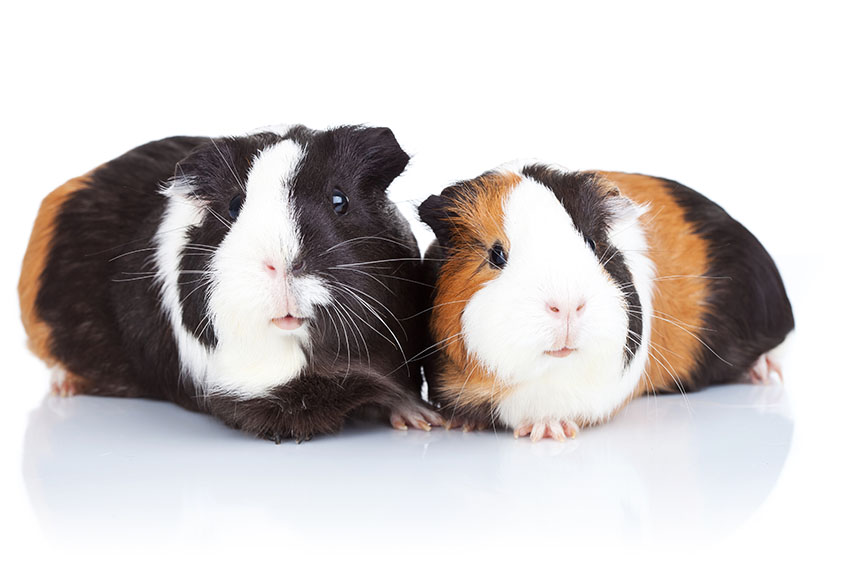
It's a good idea to know what to be on the lookout for!
Checking for skin parasites: during your check-up, place your guinea pig on your lap and gently part its fur. Is the fur absent from any insects? Is the skin pink and healthy, or can you see signs of infection or excessive scratching? Does the hair have what appears to be ‘dust’ in it? Is there anything in your guinea pig’s mouth or eyes? Is there anything in your guinea pig’s ears? Lots of things can be very uncomfortable for your guinea pig, so if you notice anything moving, swollen or sore-looking, then have a look in our ‘Guinea Pig Illness’ section to see if you can identify the problem.
Checking for worms: if your guinea pig is off its food, lethargic, losing weight, bloated, or experiencing diarrhoea, then your guinea pig may have worms. In such cases, your pet will need to go to the vets quickly to get treated. This condition is particularly serious because this parasite makes it difficult for your pet to get the necessary amounts of nutrition from their diet. You may be feeding them fantastic food, but if your guinea pig has worms then they may not be getting the vitamins and minerals they need to stay happy and healthy, and so they’ll need to get treated by your local veterinarian.
If you’re confused as to what’s troubling your pet, bear in mind that guinea pigs can contract parasites from hay and grass, as well as from other animals. Even if your guinea pigs haven’t been in contact with other groups of guinea pigs for a while, then they can still get parasites from their surroundings, or they may even have been well enough to suppress the parasites until this point.


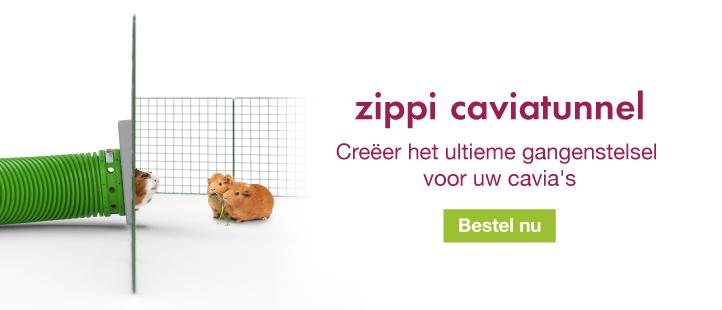

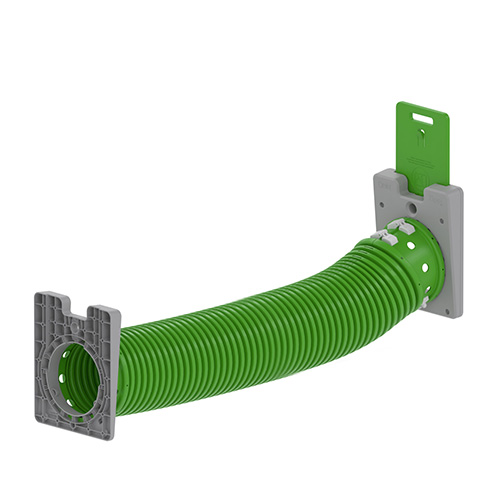
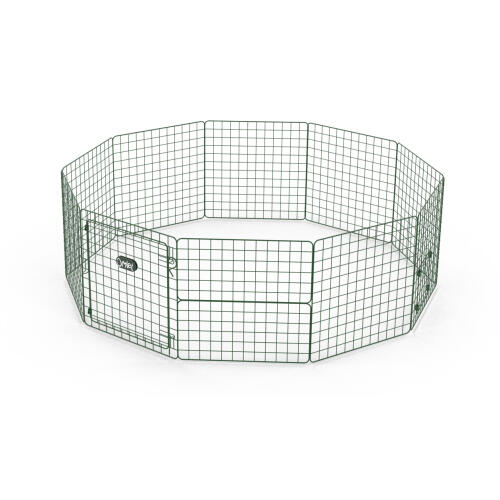
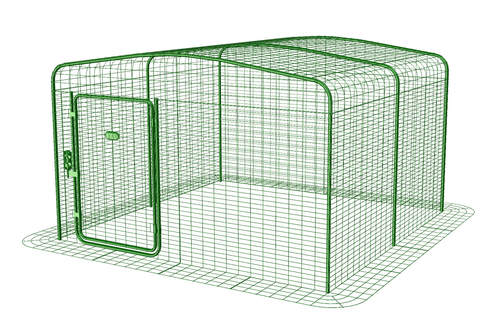
Reacties:
Er zijn nog geen reacties